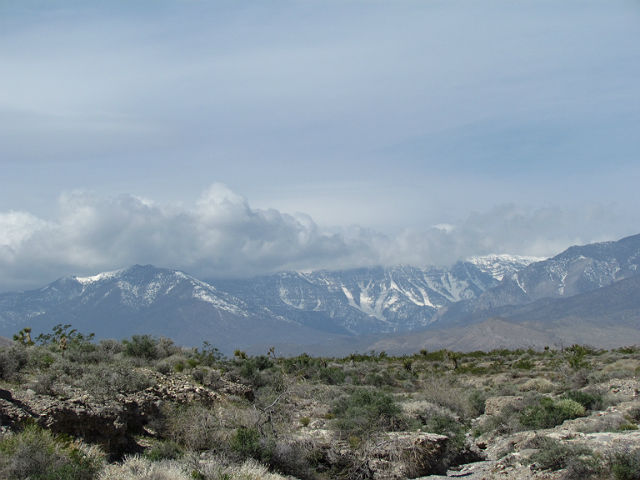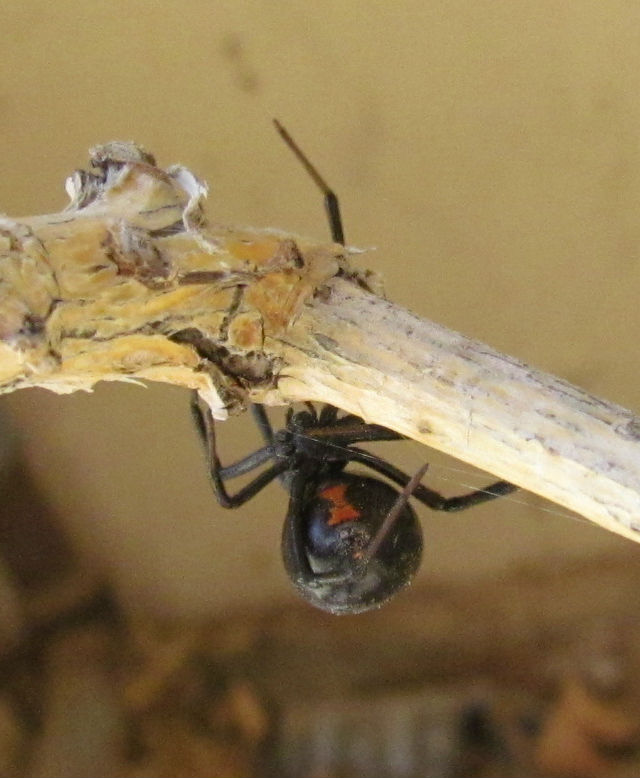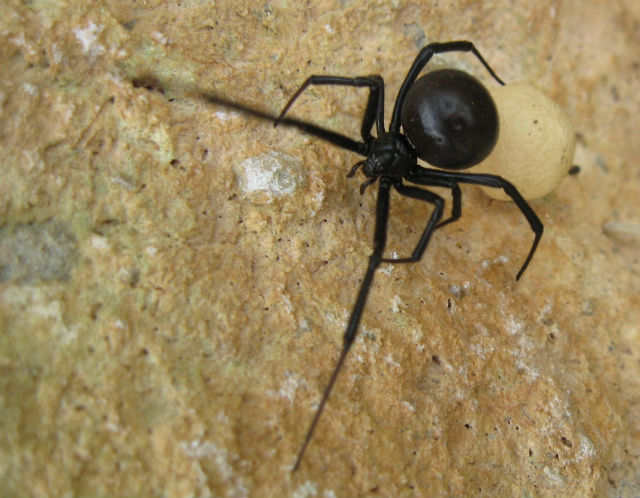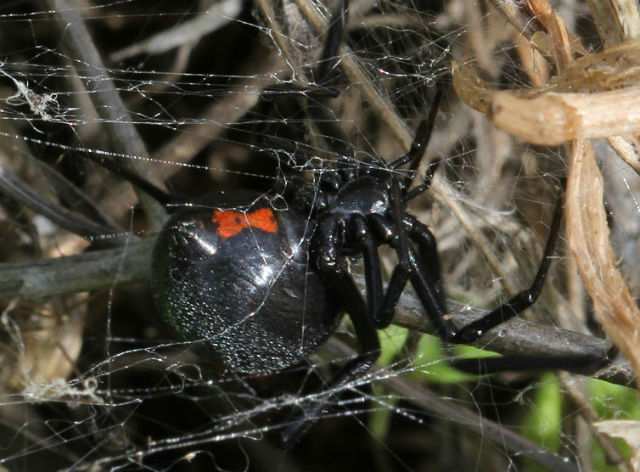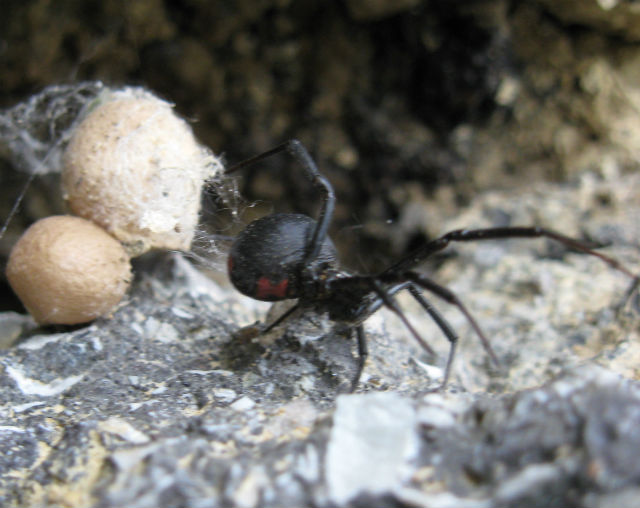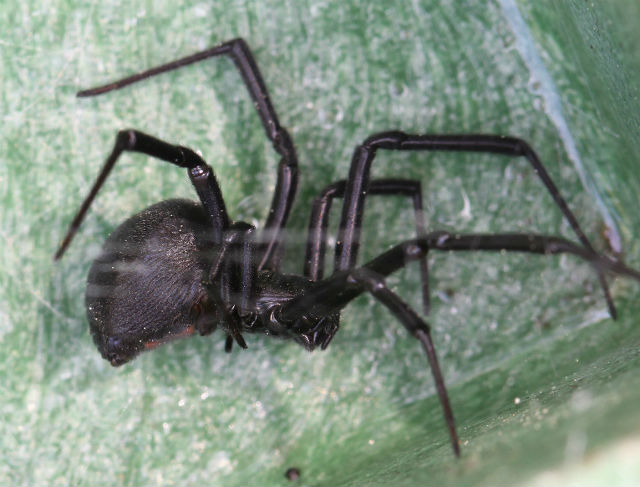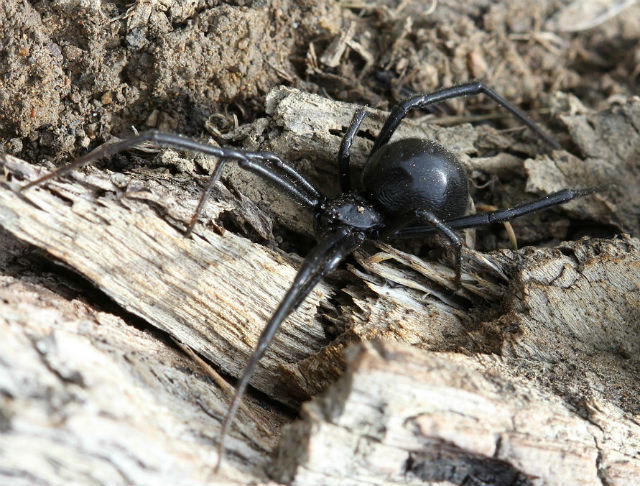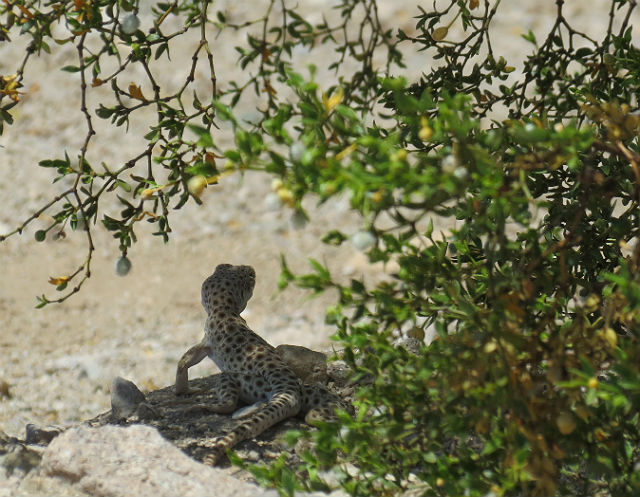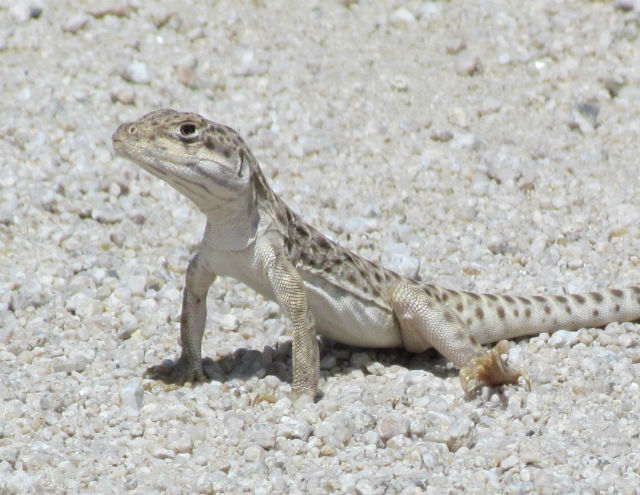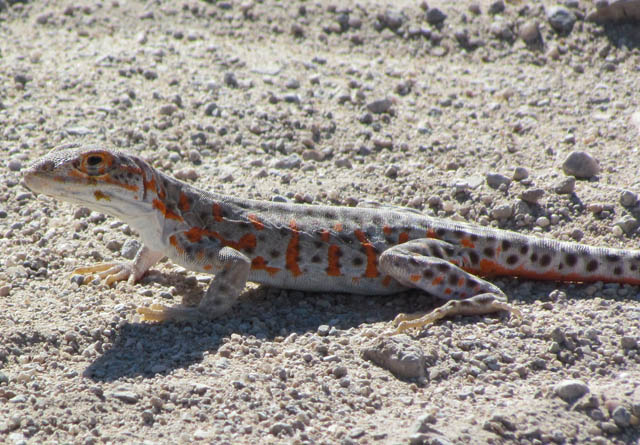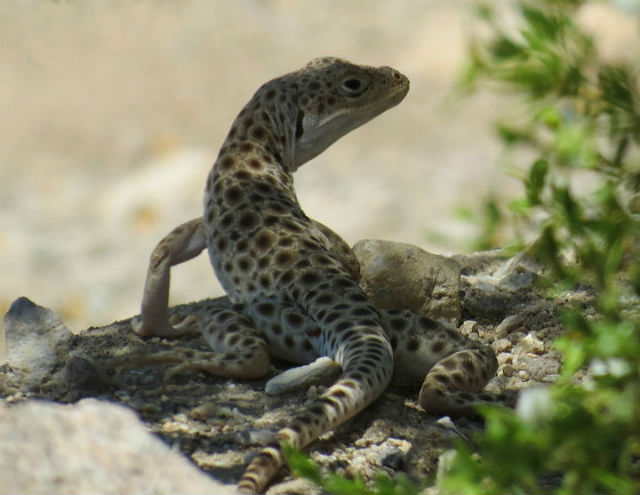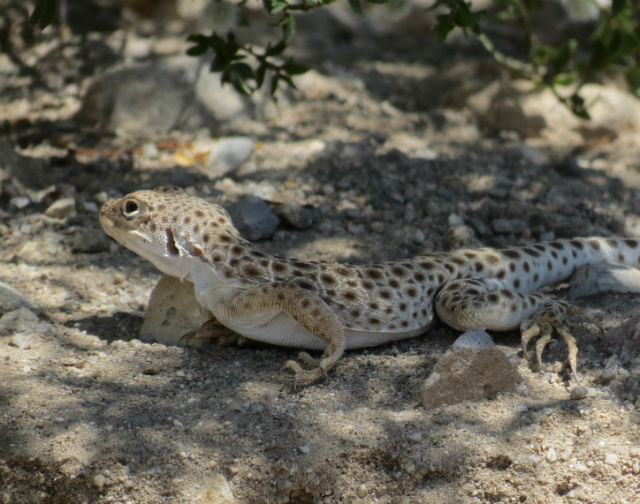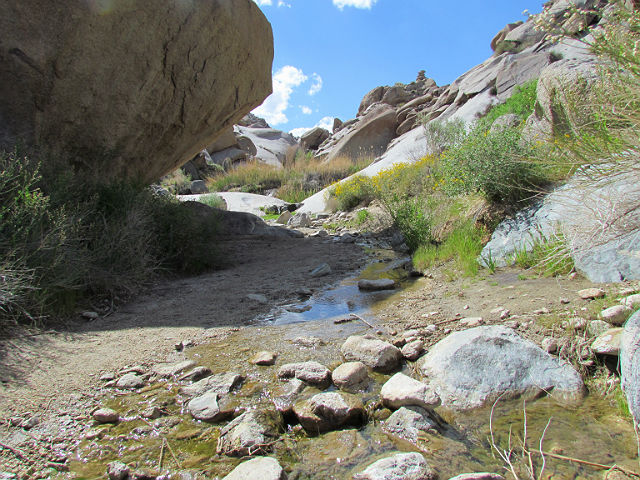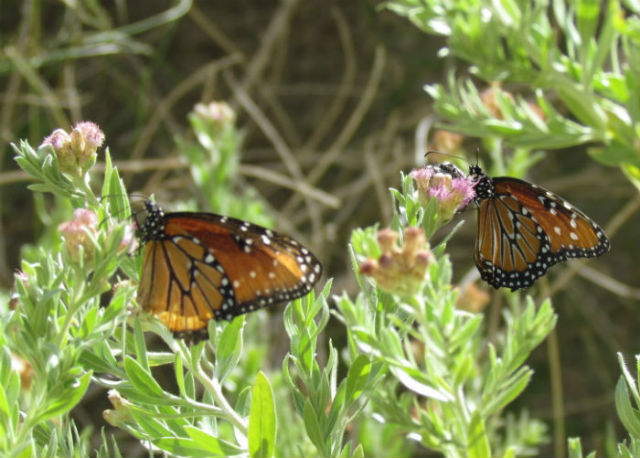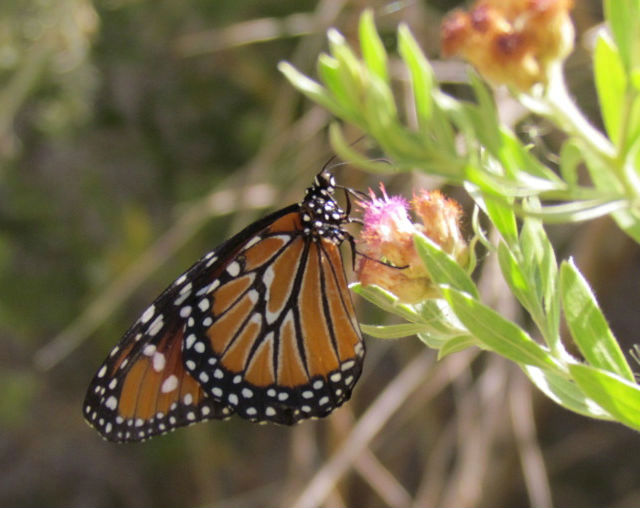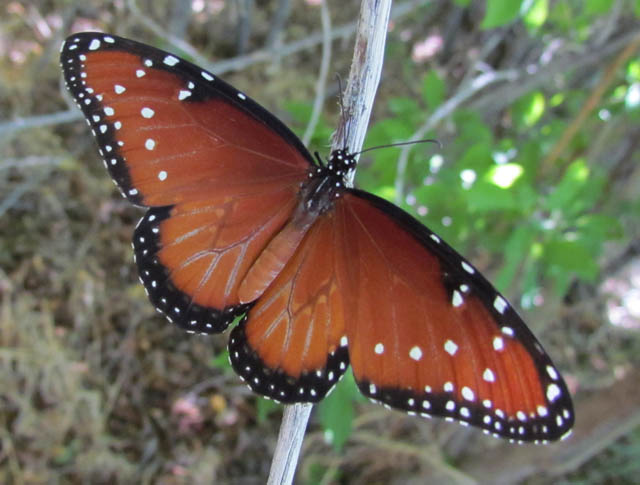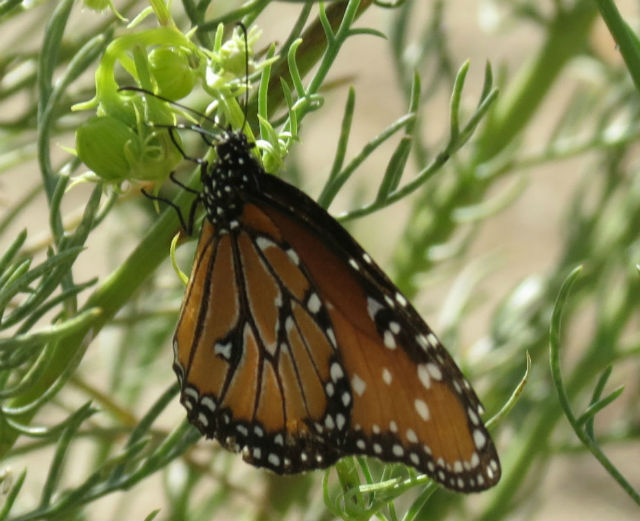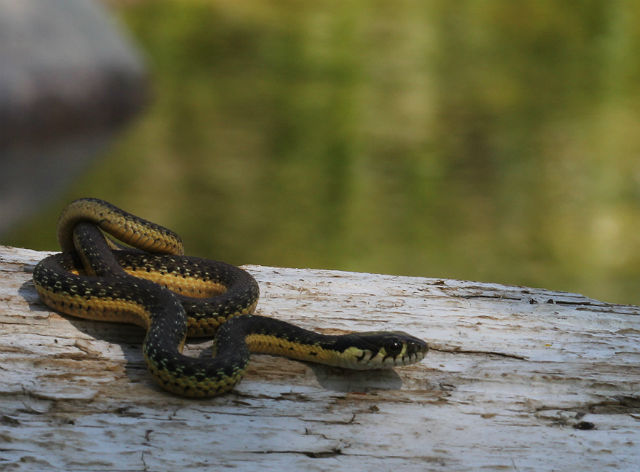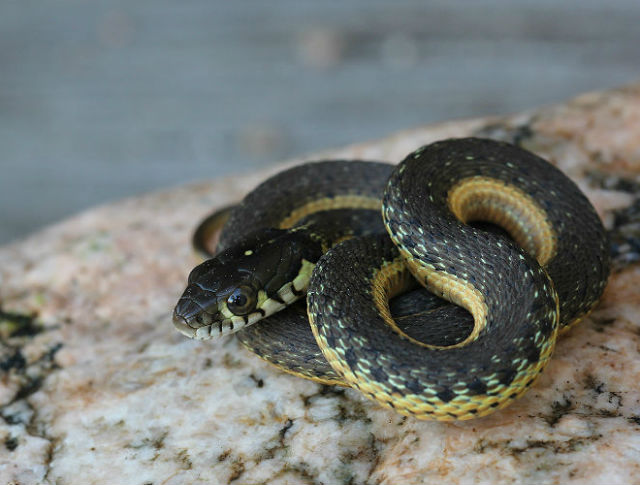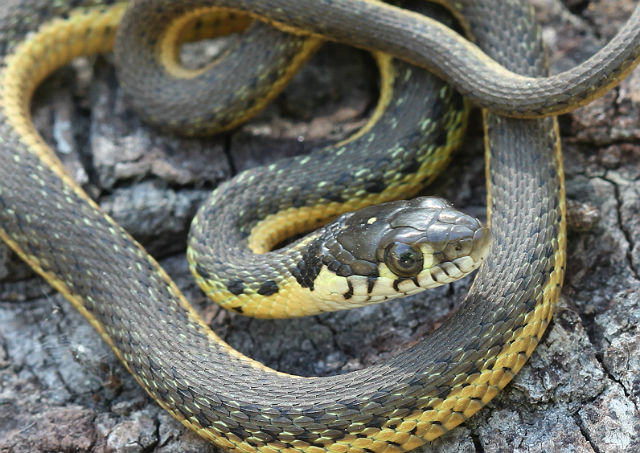This dark cobweb weaver is easily identified by the bright, hourglass-shaped mark on its abdomen. It is wildly feared due to its venom.
In humans, bites can cause muscle aches, nausea, and a paralysis of the diaphragm that can make breathing difficult; however, contrary to popular belief, most people who are bitten suffer no serious damage – let alone death.
Like many other spiders, Black Widows puncture their insect prey with their fangs and administer digestive enzymes. The enzymes liquefy their prey’s bodies and the spiders suck up the resulting fluid.
Black Widows are found in temperate regions throughout the world. In the United States, they exist primarily in the South and West. They may be found in dark, man-made dry shelters like barns, garages, basements and outdoor toilets. I have occasionally found them under rocks and logs.
These spiders are primarily solitary, with the exception of late spring when mating occurs. Female Black Widows can live up to three years, while males (which are half the size of females and lighter in color) typically live for one or two months.
Although Black Widows get their name because females practice cannibalism after mating, this has mostly been observed in laboratory situations where the male could not escape being eaten.
Widely considered the most venomous spider in North America (the venom of the female black widow spider is 15 times as toxic as the venom of the prairie rattlesnake), Black Widows are not aggressive and tend not to bite unless thoroughly disturbed.

